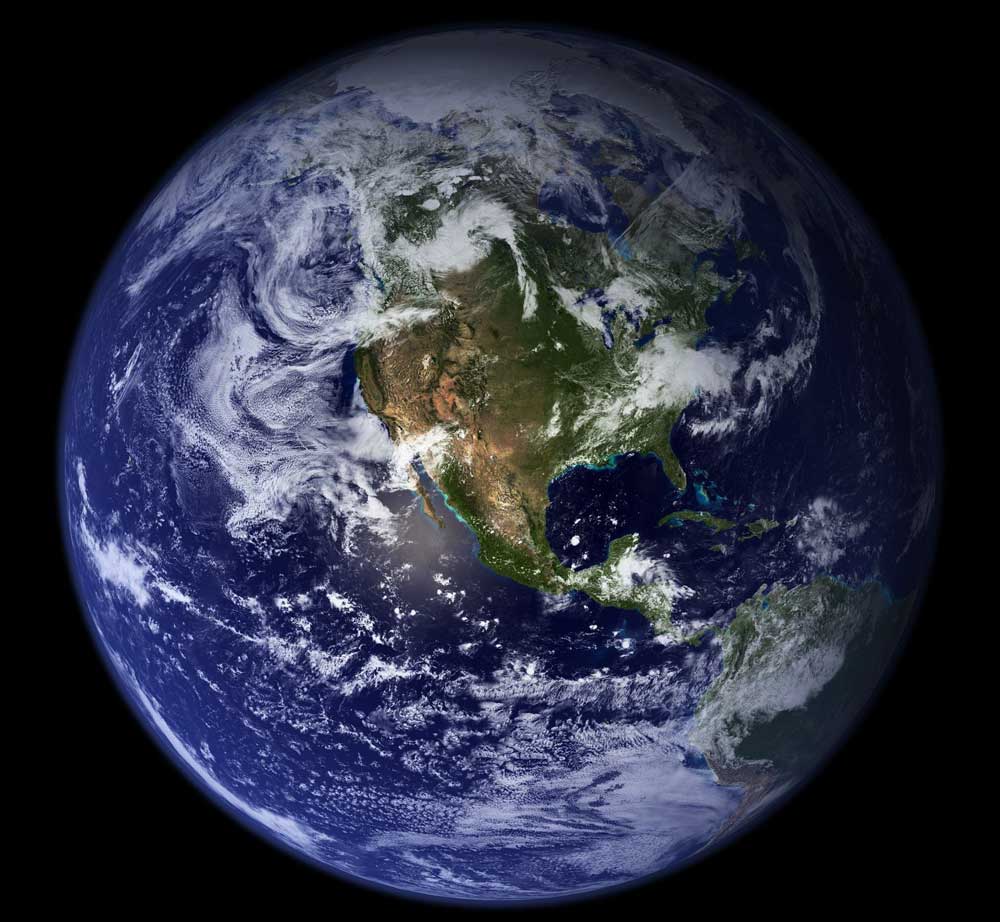Did you know that in distant past our beloved Earth has experienced temperatures 20 to 30 degrees Fahrenheit which is 11 – 17 C hotter than the temperature of today. Scientists has said that Earth is more likely to experience this temperature again in distant future that is hundreds of millions of years from now and the reason is the glowing Sun.
Though we do not know much about the atmosphere and climate at tat time but we can call this period of Earth as hothouse period. But the good news is researchers from Harvard University is recently found that during the hothouse period, Earth has experienced cycles of dryness and those cycles has been followed by massive rain storms. Those rain storms were so massive that they must have dumped more than a foot of rain in an hour.
The researchers of Harvard University not only found facts about the distant past and future of earth but they have also highlighted the climates of exoplanets orbiting distant stars.
Researchers have found out the reason behind the hothouse atmosphere can be the adding of more CO2 in the air which was 64-times of the amount of CO2 that is currently there in our atmosphere. Another reason can be, as the researchers assumed, the brightness of the sun has increased about 10 percent than of now.
Inhibition layer
As the temperature increased, the air near the surface of earth became very warm. Then atmospheric water vapor heated the air above the surface by absorbing sunlight and formed the “inhibition layer”. This layer worked as a barrier that prevented convective clouds from rising into the upper atmosphere which can be responsible for forming rain clouds. So, the evaporation got struck in the near-surface atmosphere.
At this position, clouds which were there in upper atmosphere, above the inhibition layer, lost its heat. Then rain started to be produced in the upper-level clouds. After few days, the evaporative cooling from the upper atmosphere’s rainstorms eroded the barrier. The researchers have also said that there was a rainfall for more than six-hours. After the storm has ended, the clouds dissipate and the whole process stopped for several days to recharge the atmospheric battery to continue the process again.

